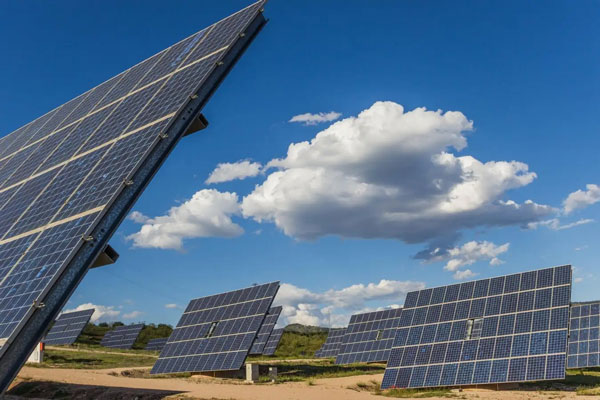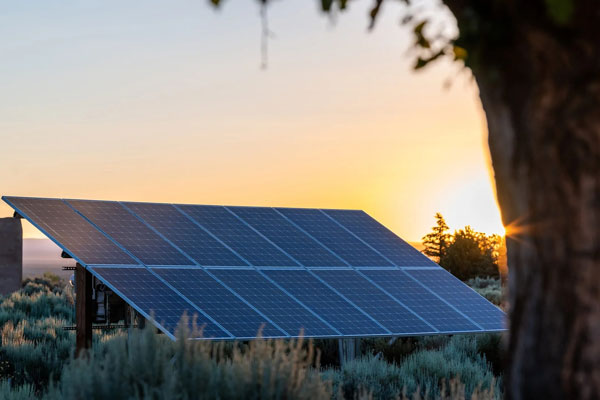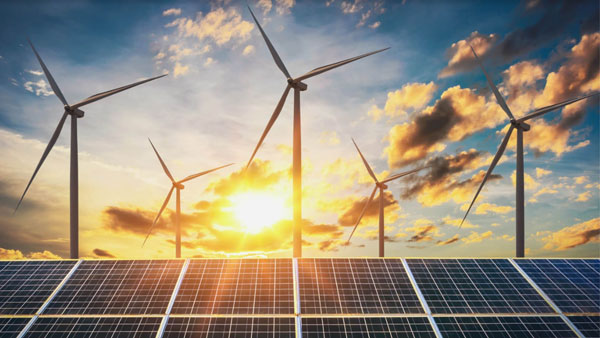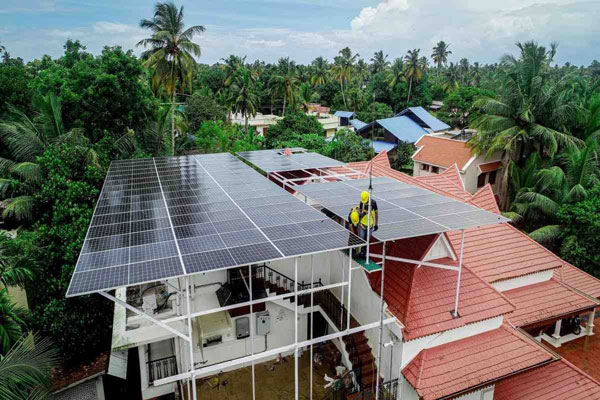Continuous High Energy Production
High efficiency solar panels are essential for constant production of high energy amounts. A solar farm with high efficient panels generates over 300 MW of electricity daily when located in California and contributes greatly to local electricity needs. Is that even low sunlight conditions suffice for creating maximum energy output. Modern photovoltaic materials are highly effective for absorbing a large portion of sunlight even with the limited time of exposure. Adaption of Solar Panel Technology The development of technology, especially energy exchange methods, also contributed greatly to the productivity of solar cells. The transition from polycrystalline to monocrystalline silicon allowed for increasing efficiency from 15% to over 22%. This is achieved while space satellites are equipped with solar panels, as the amount of panels that can be placed on a satellite is limited, though the demand for solar panels on such devices is highly significant as the panels need to supply a huge amount of different sensors and engines with power. High solar panel efficiency Internal economic efficiency is another advantage of high-efficient solar panels. A solar panel of this effectiveness is able to cut electricity costs by 66- 75% when installed on the roof of a residential property for 20 years. This ensures that the solar energy source becomes not only an eco-friendly but also, a wise selection, as higher economic efficiency will drive more households and business companies to switch to environmental resources. Environmental benefits Reduced carbon footprints can also be considered one of the leading advantages of high efficient solar panels. A conventional high-efficient solar panel can save approximately 100 tons of CO2 over its lifetime. The amount is more significant in the case of installation on the roofs of industrial zones, where more than one panel is used. Modern applications of renewable energies are also heavily linked with the use of smart grids. They incorporate live information on the rates and conditions of power generation and consumption and allow for flexibly sending power to the given receiver. The surplus of solar power generated during the day with the help of high efficient solar can be collected and sent ot reused in the nighttime or added to the power lines in the city’s central network.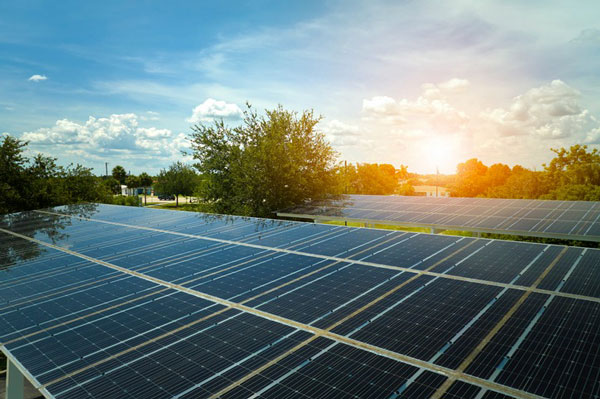
Durability for Long-Term Use
High-efficiency solar panels are designed to be durable, meaning they will last through many years and stay reliable throughout their use. According to studies, after 25 years of continuous use, high-efficient panels can still have more than 90% of their original capacity, whereas the industry standard for regular panels would be only pit of 60%. The durability is one of the most important qualities as it allows to minimize costs attributed to replacing and adjust the energy sources to maximize the benefit. Material improvements The enhanced durability of the high-efficiency solar panels is the result of their manufacturing processes and materials used. In particular, the use of reinforced or strong glass and resistant frame and other materials in the panels allows them to be resistant to tough weather, such as hail or heavy snow. The use of the so-called “anti-reflective coating” improves light absorption and decreases the long-time degradation of panel due to UV rays. Warranty benefits Another factor indicating the durability of high-efficiency solar panels is the extended offer of warranty. The leading manufacturers right now offer up until 30 years of a warranty for full performance. In comparison, the industry standard is 20 years. While in reality the number can be greater, this once more indicates that producers are confident in their panels and that they will be able to operate for many years. Less degradation A difference between high-efficient and cheap solar panels, regarding their annual capacity loss or degradation, is noticable. Specifically, the more efficient panels are losing capacity at a rate of around 0.3% per year whereas a standard can be 0.5%. It is possible to calculate that within 25 years, a set of high-efficient panels will be producing much more electric energy than their original counterparts. Applications The experiences with high-efficient panels usage in the kind of environments that are considered harsh shows that in effect, they are also usable and can survive such climates. In particular, the solar installation situated in desert survived the extremely high and low temperatures and sand. The results for the power dissipation was 0.4 at the beginning and 0.45 at the end. The more durable panels will ensure the constant energy supply even where the traditional means of energy would not be able to.Higher Efficiency Rates
High-efficiency solar panels are indispensable because they provide more power per square foot than their standard counterparts. In particular, these products demonstrate efficiency rates of up to 24%, as opposed to merely 15-18% for regular models. This characteristic is important when people have limited space for this installation, which is predominantly relevant in urban environments. The explanation lies in the fact that they can generate twice as much electricity when installed on a roof than the traditional ones, which frequently turns out to be the only logical option for many homes and businesses aiming to be utility-independent. The main reason for these features is the photovoltaic technologies that they utilize. Increases Absorption Rates The materials that high-efficiency solar panels are made of allow them to generate more electricity by efficiently absorbing the sunlight. They are composed of perovskite, sophistical silicon, or gallium arsenide, which facilitate the more effective collection of sunlight by turning more of it into electricity. This function allows the panels to perform better in less optimal conditions, meaning that they will provide their users with more power even when it is cloudy or during the rainy season. Implications on Return on Investment It is worthwhile to point out that the utilization of high-efficiency solar panels significantly influences the results of a solar project due to the return on investment. The data indicates that while the simple payback period for these products is higher because of the initial expenses, the modules that have a higher efficiency rate prolong it by up to 25%. It is specifically valuable for the homeowners and businesses using the solar power as their primary source of electricity because it is possible to save a vast amount of money in this area with this feature. In particular scenario, high power demands are prevalent, such as data centers that use solar panel system for meeting the majority of their energy needs. It enables them to address their substantial electricity expenses and additionally demonstrate their dedication to environmental concerns that bolsters their reputation.Influence of Enhanced EPC and I&C Services
High-efficiency solar panels are better adopted within the context of enhanced Engineering, Procurement, and Construction and Installation and Commissioning services. The combination of these improved services ensures that the performance and reliability of solar panels are maximized at every stage of their deployment. The use of these types of service ensures the optimization of solar projects for high performance within the given parameters. Getting a quicker execution of the project An enhanced EPC service allows for the quick and exact execution of every phase of the project’s lifecycle. “If you’re building a 50MW solar facility, your EPC services can reduce project timelines by up to 20% using efficient management and planning”. Asset registration, completion of pre-construction agreements, and purchase of materials and equipment will be done much faster, and the project is to be finished much faster too. Labor costs will be reduced over the whole duration of the project. The use of better installation techniques I&C services also have the potential to improve the performance of high-efficiency solar panels, which can be achieved through the use of state-of-the-art installation techniques. The latter allows for the better alignment and angling of the solar panels. The exposure will be increased by 15%. The same methods can be used to prevent water and ice accumulation over the surface of the panel. Direct results can be seen in panel performance and the amount of energy that will be generated over their lifespan. Having a better concentration on quality assurance and compliance Quality assurance and compliance is the factor that is directly related to the efficiency of the installation and future life of the solar panels. The use of these services in the recently deployed solar panel resulted in a 5% improvement in compliance with the ISO system. This improvement directly impacted levels of efficiency and yields that sun-powered panes can produce over their lifespan. The use of EPC and I&C services implements emerging technologies, including machine learning and IOT devices. The use of these technologies allows for the real-time supervision and more informed decision-making at every level. These technologies can also be used for the maintenance of the whole system.Performance Variability by Panel Type
The importance of the difference between high-end solar panels’ performance should not be underestimated. However, for certain tasks, it becomes crucial to detect the specifics product of such appliances and understand which one is better suited for a specific condition. Therefore, it will be reasonable to compare monocrystalline, polycrystalline, and thin-film solar panels, as each of them has opportunities and limitations associated with their material properties and physical effects.
Monocrystalline Panels
Although it has already been mentioned that monocrystalline solar panels are the best performance option, which is characterized by their high efficiency and ability to produce the current in low-light conditions. These panels are able to reach 15-24% efficiency, making them one of the most beneficial choices for those client who needs a high energy production level in residential or commercial environment, with little space for them. These panels are manufactured out of single-crystal silicon, which enables more effective flow of electrons, which guarantees a high performance.
Polycrystalline Panels
These solar panels are designed to be cheaper than monocrystalline panels, which are slightly more efficient. Meanwhile, polycrystalline solar panels offer 15-18% efficiency level and are made of melted fragments of silicon, which are easy and cheaper to produce. Therefore, they are cost effective and suitable for taking a position of medium performance alternative for large-scale installations, where balance between efficiency and cost should be critical.
Thin-Film Panels
Thin-film solar panels differ from the silicon ones by the material from which they are created. This type of appliances is applicable on wide range of surfaces, including curved and flexible substrates, while they offer 10-13% efficiency. Although they have lower performance level, they are among the cheapest options and do not need any supporting structure to be installed. Therefore, it can be used when it is impossible to cover the facility with a traditional solar panel. They can also be a perfect solutions for the specific architectural projects.
